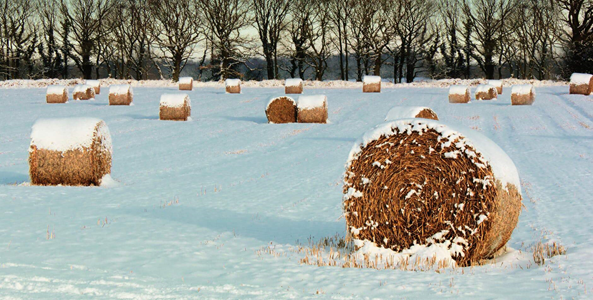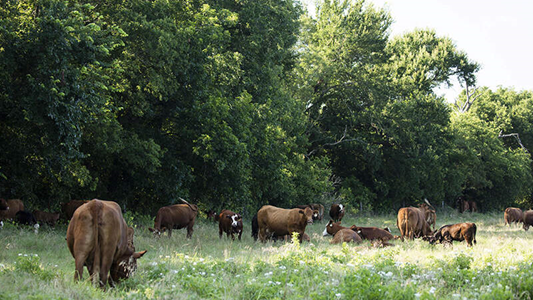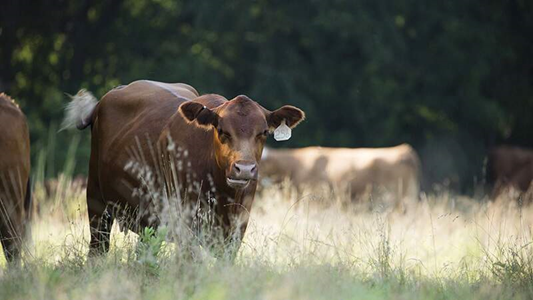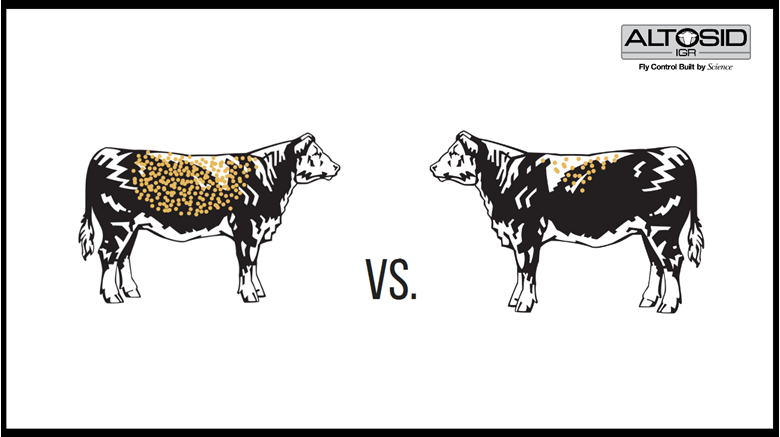
Just like any season, winter comes with its own set of cold weather challenges. When cattle have access to quality nutrition and facilities during the cold winter months, they are healthier, have more successful pregnancies and have better rates of gain.
Now is the time for beef producers to prepare their cattle operations for winter. Follow this checklist for tips to winterize your cattle operation:
-
Stockpile bedding
- Ensure that you have plenty of bedding available to keep your cattle warm and dry throughout the winter months. In the winter, it takes more bedding for an animal to maintain its body temperature. It is recommended to mix wood shavings and straw to help keep animals warm and dry.
-
Prepare shelter
- Pasture shelters for cattle can help the animals retain body heat while keeping them out of the wind during winter. Inspect shelters and make any necessary repairs, including leaky roofs. If you have an enclosed shelter for cattle, make sure it is well-ventilated. Having shelter ready for your animals before winter weather hits will help minimize stress and ease the transition.
-
Establish water access
- If you use heated livestock waterers, check to see if they are working properly. Heated water buckets or water heaters will also help prevent water from freezing. When using heated elements or heated water buckets, make sure that electrical cords are kept out of animal's reach.
-
Keep enough feed on hand
- As the weather cools down, animals' nutrition requirements go up. It's important to assess pastures and hay fields. Additionally, planning supplemental feed strategies can help meet cattle's protein and energy needs. Keeping your herd healthy all winter long begins before the cold weather arrives. To further protect cattle, ensure proper cattle fly control starts in late fall. This will help limit the number of overwintering flies that jumpstart fly populations each spring.
To maximize control of overwintering fly pupae, follow our recommended 30/30 approach by continuing to feed Altosid® IGR to your herd until 30 days past the first frost in fall. This will help account for any spikes in temperature after the first frost that can promote greater fly activity. An effective 30/30 approach also includes starting Altosid® IGR in your feed 30 days before average daily temperatures typically reach 65 degrees each spring.
To learn more about this approach, watch our 30/30 video.



